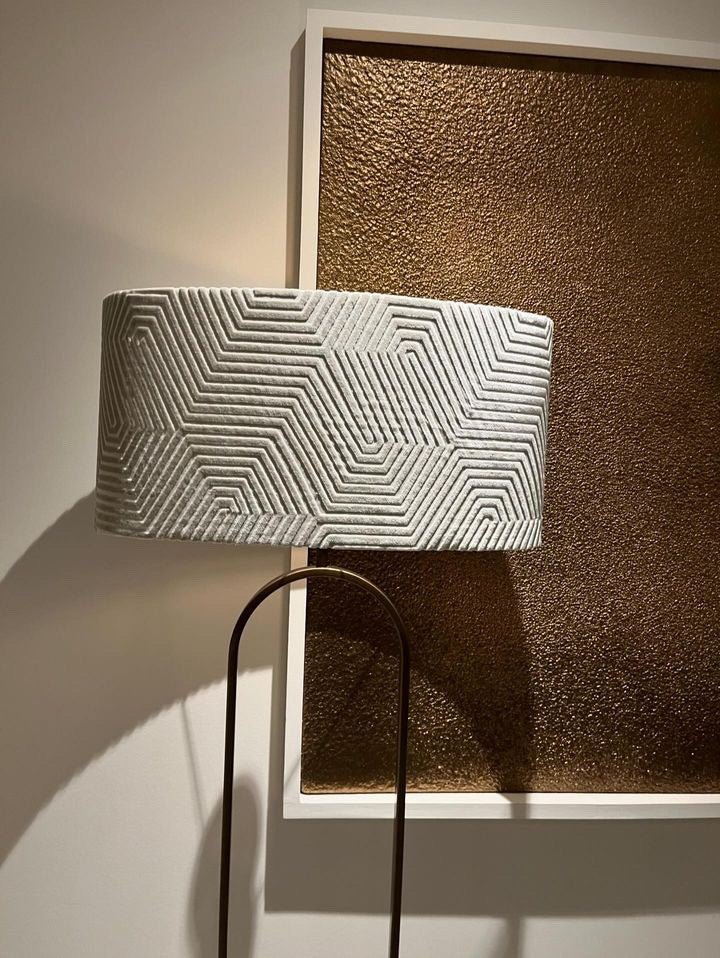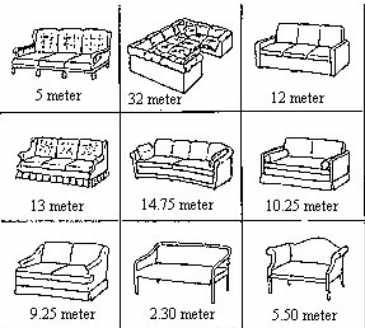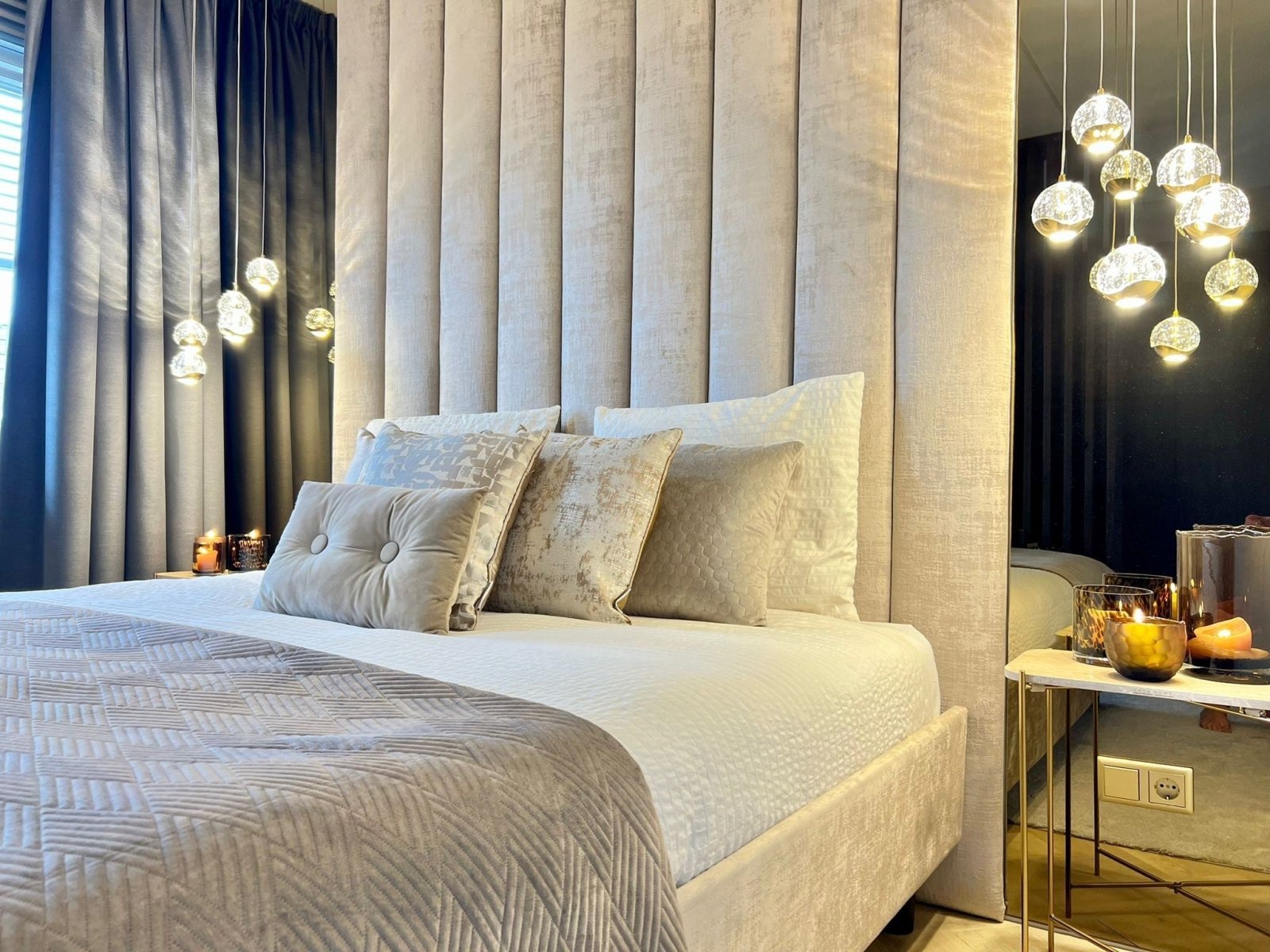Furniture fabrics for lampshades: creativity and functionality in lighting
Lampshades are not only functional luminaires; They also serve as stylish accents in any interior. The use of the right fabric for a lampshade can add a fresh look to the room and improve the overall atmosphere. Below we discuss how you can make lampshades, the costs of making them yourself and which substances are suitable for this purpose.
1. How can you make lampshades?
Making lampshades is a creative and fun activity that you can do yourself. Here are the basic tips for making lampshades:
- Materials: To make a lampshade you need a frame, fabric, glue, measuring ribbon, scissors and possibly decorative elements.
- Meet and cut: Measure the circumference and height of the lampshade frame and cut the fabric accordingly.
- Glue the fabric: Apply glue to the frame and wrap the fabric tightly around it, so that no folds are created.
- Finish: Cut off any excess fabric and attach decorative elements if desired.
There are various online tutorials and manuals available that can guide you step by step when making lampshades, depending on the desired shape and style.
2. What does it cost to make a lampshade yourself?
The costs for making a lampshade vary depending on the materials used and the size of the lampshade. In general, the costs are relatively low, especially if you already have some materials such as dust and glue at hand. The majority of the costs can be attributed to the purchase of the lampshade frame and any extra decorative elements that you want to add.
3. Are all fabrics suitable for lampshades?
Not all fabrics are suitable for lampshades. The ideal fabrics for lampshades are flexible, lightweight and can be glued. Here are some factors that must be taken into account when choosing fabrics for lampshades:
- Processability: The fabric must be easy to process and can be glued to the lampshade frame.
-
Pavement: Although it is not
It is essential that the substance is slightly permitted, it can contribute to the overall lighting effects. Some substances allow light through and provide interesting effects.

- Color fastness: Natural materials are generally less color fast than synthetic materials. If the lampshade is exposed to direct sunlight, possible discoloration must be taken into account.
Fabrics such as Jacquard, Velvet and Bouclé are some examples of suitable materials for lampshades because of their processability and aesthetic properties.
Conclusion
Choosing the right fabric for a lampshade can have a major impact on the overall appearance of the lighting in a room. With the right materials and a little creativity you can make unique and stylish lampshades that fit perfectly with your interior. If you ask huh
BT about which substance is most suitable for your project, do not hesitate to contact a specialist such as Bladi Shop, which can help you find the perfect fabric for your lampshades.




